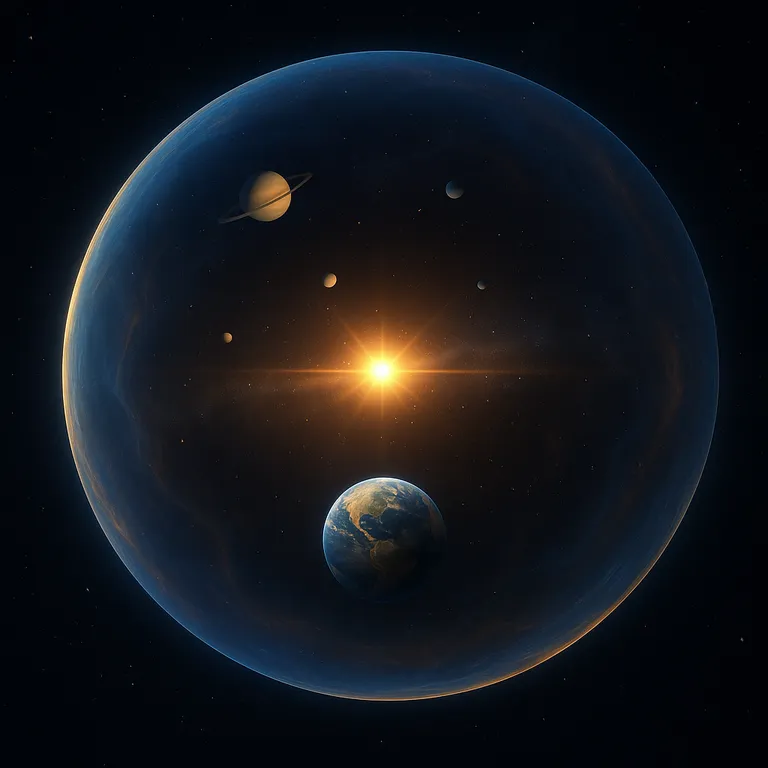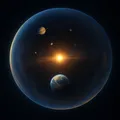A New Step in Space Exploration
NASA has officially launched a groundbreaking mission to study the giant magnetic bubble that surrounds our solar system, known as the heliosphere.
This bubble acts as a shield, protecting Earth and other planets from harmful cosmic radiation and interstellar particles.
What Is the Heliosphere?
The heliosphere is a vast region created by the solar wind — streams of charged particles that flow outward from the Sun.
It stretches billions of miles beyond Pluto and serves as the first line of defense against galactic radiation.
Understanding its structure and behavior is key to learning how our solar system interacts with the rest of the galaxy.
Goals of the Mission
NASA’s mission aims to:
- Map the boundaries of the heliosphere with unprecedented precision.
- Study how solar winds shape and maintain this magnetic bubble.
- Gather insights into how cosmic radiation enters our solar system.
- Improve models that protect astronauts and spacecraft during deep space missions.
Why It Matters
- For Earth: A stronger understanding of the heliosphere helps scientists assess radiation risks that can impact satellites, power grids, and communication systems.
- For Space Travel: The data will inform strategies to shield astronauts on future missions to the Moon, Mars, and beyond.
- For Science: By studying the heliosphere, researchers gain insight into how similar magnetic bubbles work around other stars in the galaxy.
Looking Ahead
This mission marks one of the most ambitious attempts to explore the outer boundaries of our cosmic neighborhood.
NASA scientists believe the findings could transform our understanding of space weather and interstellar science — shaping the future of exploration for decades to come.
By ✍️ Yorlinda Ramìrez- MicuPost Team
Sources:



